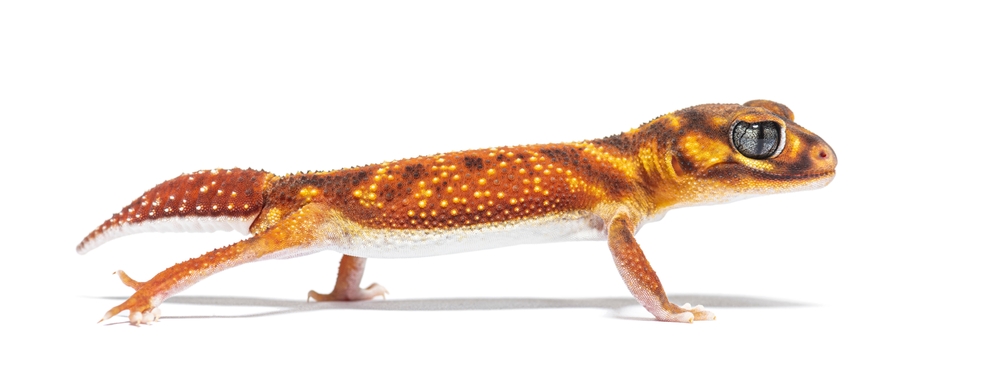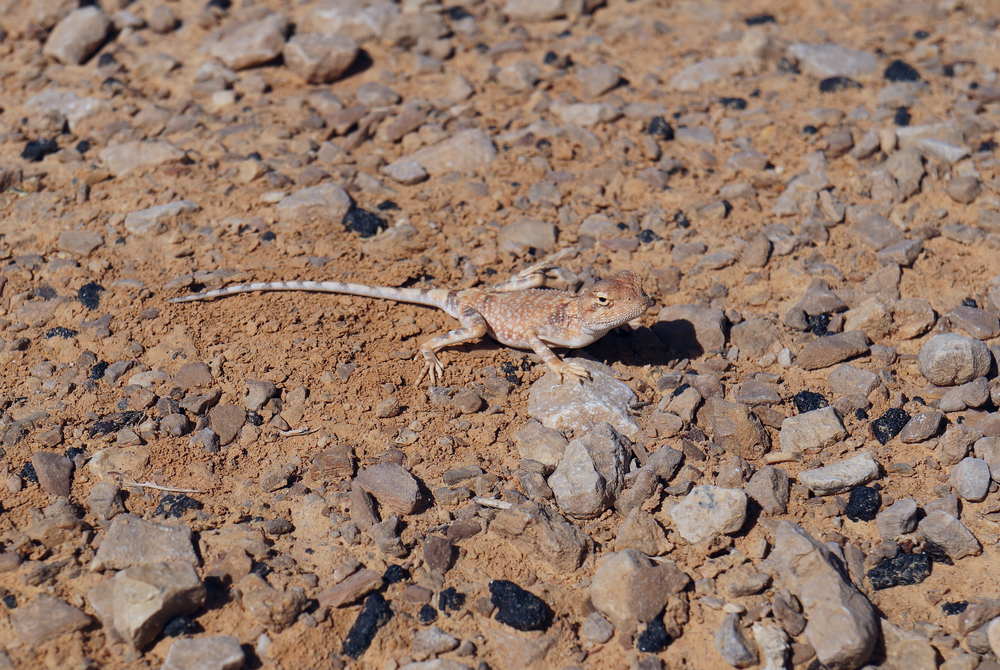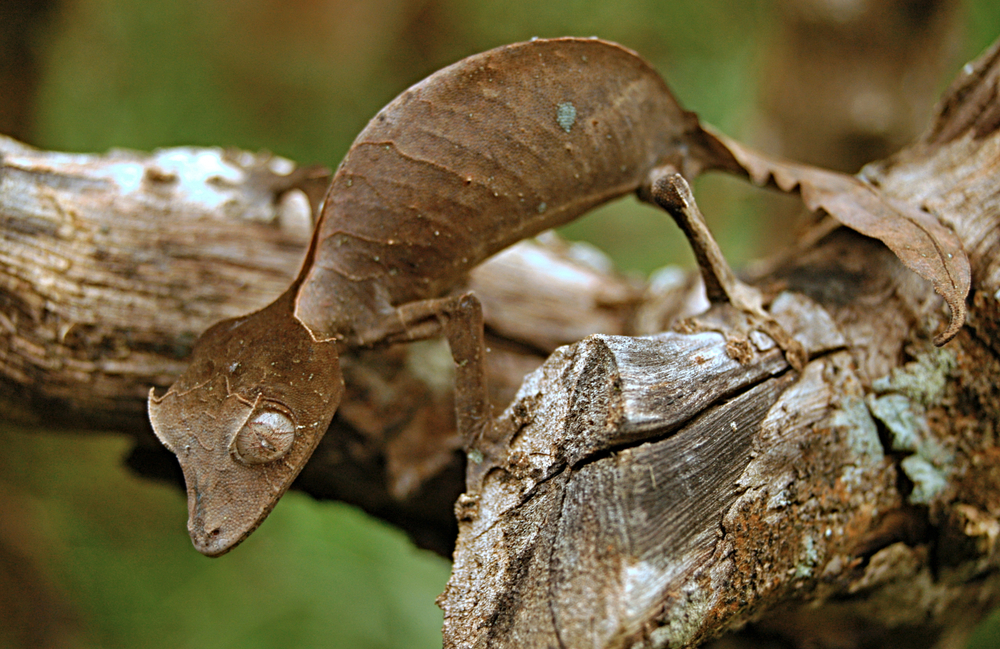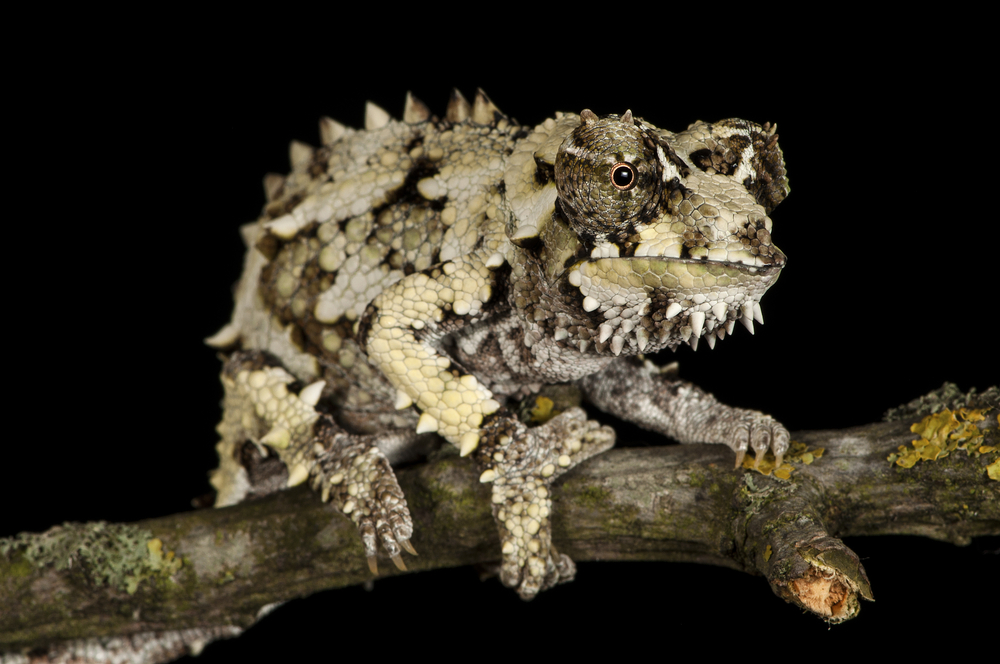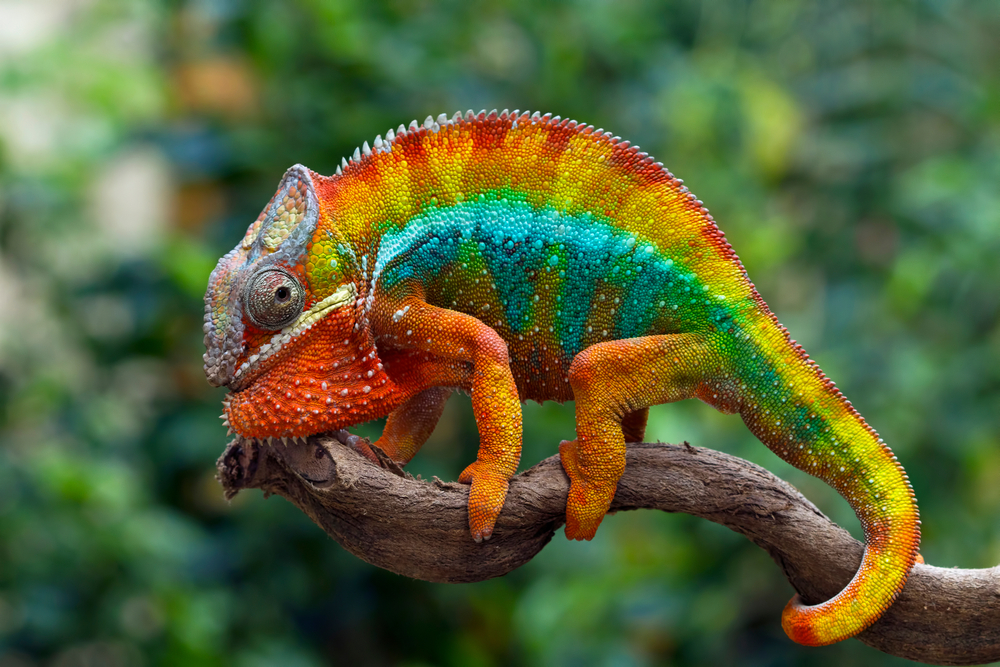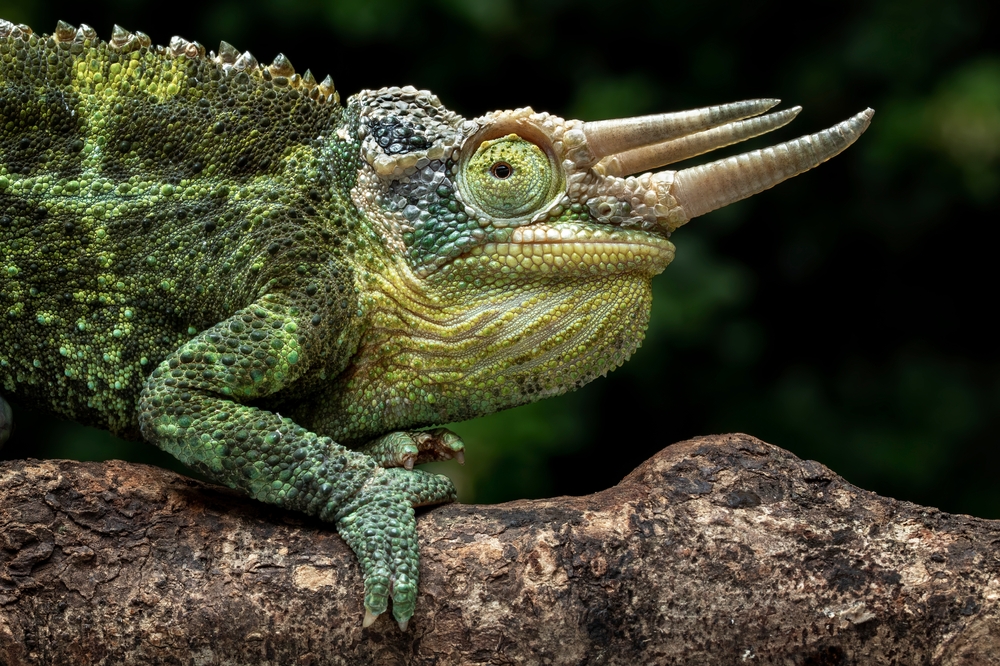Uniqueness
The Smooth Knob-Tailed Gecko is one of Australia’s most distinctive geckos, known for its bizarre, blunt-tipped tail, fierce personality, and ground-dwelling desert lifestyle. It combines structural quirkiness with behavioral boldness—making it both ecologically specialized and visually unforgettable.
Signature Knobbed Tail:
Its defining feature is a short, rounded tail ending in a smooth bulb-like knob, unlike any other gecko. This tail serves multiple functions:
-
Fat storage during lean seasons
-
Threat display, often lifted and waved to confuse or distract predators
-
Possible use in species recognition and mating cues
Vocal Defense and Attitude:
Despite its small size, N. levis is known for its bold temperament. When threatened, it may:
These behaviors are unusual for such a small gecko and contribute to its reputation as a “tough desert lizard”.
Burrow Engineering:
This species is a dedicated burrower, using its limbs and snout to dig tunnels for:
Burrows allow it to survive desert extremes that many reptiles avoid.
Ground-Based Gecko with No Toe Pads:
Unlike most geckos that climb, the Smooth Knob-Tailed Gecko lacks adhesive toe pads. It is entirely terrestrial, relying on strength and stability rather than vertical escape or agility.
Endemic to Australia’s Interior:
Found only in Australia, it thrives in red sand deserts and arid shrublands. It has adapted to unpredictable rainfall, extreme temperatures, and shifting substrates better than many other reptiles.
Captive Rarity and Popularity:
Because of its unique appearance and engaging behavior, it is a highly prized species among gecko enthusiasts, but it remains uncommon in the pet trade due to its specialized habitat needs and legal restrictions.
The Smooth Knob-Tailed Gecko’s strange tail, bold demeanor, and sand-dwelling lifestyle make it one of the most unique desert reptiles in the world, combining tough survival tactics with unforgettable charm.



































































